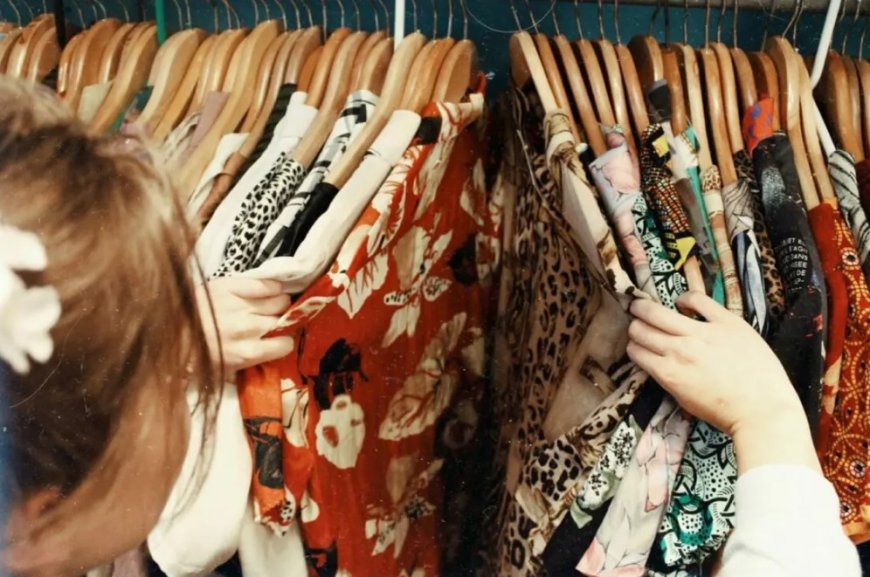Top Trends from Global Fashion Weeks: What’s Next for the Garment Industry?
Global fashion weeks are more than just showcases for breathtaking designs; they are crystal balls revealing the future of the garment industry. From Milan to Paris, New York to Tokyo, these events highlight the dynamic interplay of creativity, technology, and sustainability. Here’s a roundup of the top trends and their implications, as reported by the latest Garment Industry News and covered in Garment Magazine.

Global fashion weeks are more than just showcases for breathtaking designs; they are crystal balls revealing the future of the garment industry. From Milan to Paris, New York to Tokyo, these events highlight the dynamic interplay of creativity, technology, and sustainability. Here’s a roundup of the top trends and their implications, as reported by the latest Garment Industry News and covered in Garment Magazine.
1. Sustainability Takes Center Stage
Sustainability continues to dominate the runway, with designers showcasing eco-friendly materials like organic cotton, recycled polyester, and biodegradable fabrics. This trend reflects a broader push toward circular fashion and ethical manufacturing. For the garment industry, it signals a shift in consumer preferences toward brands that prioritize environmental impact.
2. Tech-Integrated Fashion
Wearable technology is no longer a novelty. Smart fabrics equipped with sensors to monitor health or adjust to weather conditions made waves this season. Innovations like these challenge the garment industry to blend technology with traditional craftsmanship, offering a competitive edge to forward-thinking manufacturers.
3. The Genderless Revolution
Gender-neutral collections have gained significant traction. By blurring the lines between traditional men’s and women’s wear, designers are appealing to younger, more inclusive audiences. This trend pushes the garment industry to rethink sizing, marketing, and product development strategies.
4. Revival of Vintage and Retro Styles
Nostalgia reigns supreme as designers draw inspiration from the 70s, 80s, and 90s. From bell-bottom jeans to oversized blazers, vintage aesthetics are making a modern comeback. For garment manufacturers, this revival offers an opportunity to reintroduce classic styles with contemporary twists.
5. Focus on Craftsmanship and Artisanal Techniques
Handcrafted elements such as embroidery, weaving, and beadwork are in the spotlight, reflecting a growing appreciation for traditional artistry. This trend underscores the importance of preserving heritage techniques within the global garment industry.
6. Digital Fashion and Virtual Runways
The rise of virtual fashion shows and digital clothing is transforming how designs are presented and consumed. With more consumers engaging with brands online, the garment industry must embrace virtual platforms to stay relevant.
What’s Next for the Garment Industry?
The convergence of these trends indicates an industry in flux, driven by innovation and sustainability. Brands that adapt to these shifts while staying true to their identity will thrive. For more updates, insights, and expert analyses, stay tuned to Garment Industry News and follow Garment Magazine.

 apparelview
apparelview